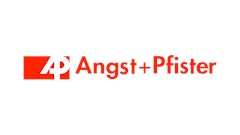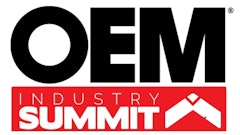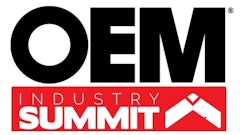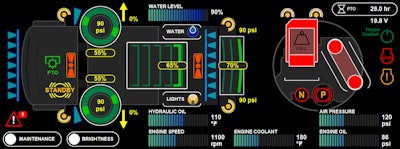
For off-highway OEMs, designing efficient, safe machines can increase their competitive advantage and increase machine sales. We all know what a safe machine is, but what is an efficient machine, and why is this important? First, we will discuss the full system approach some systems integration groups might use when assisting mobile OEMs with their machine designs across multiple industries, including mining, agriculture, utilities and more.
The Process
The full system approach begins with market research to understand the specific needs of the OEM. This involves analyzing the vehicles and models they manufacture, their target customers and each market’s particular challenges.
For instance, many OEMs are interested in electrifying their machines. However, not all applications are suited for the requirements of an electric machines. Machines that return to a home base after a duty cycle, like airport ground equipment, are good candidates for electrification, as they can charge their batteries during the machines downtime. Conversely, machines that operate in remote areas for extended periods may not be suitable for electrification due to limited access to charging infrastructure. Understanding the specifics of the intended use helps to design a vehicle which meets operational realities.
Communication with the engineering and sales teams at an OEM can also help to understand machine requirements. Sales, in particular, must have a clear picture of what their customers are asking for and any pain points with current designs.
One key processes to driving a more efficient machine is energy mapping. What is energy mapping and why is this essential? To understand a machine’s duty cycle and power requirements, one must utilize sensors to measure exact flows, pressures and temperatures during a machine's operation. It's also important to monitor the power output of the main driver whether it be an internal combustion engine or a battery. These data points allow the charting of how the machine is being used, how often and under what loads. This provides a deeper understanding of where there may be inefficiencies in a current machine design (one example is pressure drops in a hydraulic circuit due to using too small of hose being used, creating heat and loss of energy). Using the energy mapping data lets you specify the right components to meet true power and duty cycle requirements. Otherwise components can be oversized or undersized (oversizing drives up costs, undersizing creates inefficiencies and excess machine maintenance issues driving up costs to end users). The following are examples of energy mapping:
 Cross Company
Cross Company
 Cross Company
Cross Company
Collaborative Design
A cross-functional engineering team is invaluable when brainstorming design improvements. This type of collaborative effort can really bring a well-rounded perspective that helps flesh out ideas, anticipate potential flaws, and drive efficient designs.
Multiple Definitions of Efficiency
For an OEM, efficiency can mean different things, including advanced automation, operator-specific controls, predictive maintenance and streamlined manufacturing processes. Prioritizing efficiency positively impacts the bottom line for OEMs and their customers with reduced operational costs, enhanced machine performance, and extended equipment lifespan.
Designing machines for the exact power needed is crucial. For example, batteries in electrified machines are costly and heavy, so having the right number is essential to avoid unnecessary expenses and excess weight, which actually reduces runtime.
For hydraulic machines, properly powered vehicles use less fuel, which lowers fuel costs for end users. It also helps to prevent component overuse, which can lead to premature wear and increased repair costs. For instance, an engine running at higher power than necessary may cause excessive strain on other machine parts like bearings and seals, leading to more frequent maintenance. Efficient hydraulic machines also produce fewer emissions, contributing to a more sustainable operation.
Leading edge automation technology can enhance machine efficiency by reducing labor needs and improving vehicle performance, while maintaining or improving safety. For example, the recently design of an automated railcar coupling system for a railcar mover OEM utilized a 3D camera system that automated the coupling procedure, which eliminated an additional operator that was needed to manually adjust the couplers and aligned the locking mechanism with the railcar. This labor-intensive task was time-consuming and exposed operators to potential hazards. This new design allowed for less manpower, increased safety and increased throughput.
Customized machine settings enhance operator efficiency and safety, accommodating drivers of varying skill levels. By creating tailored performance tiers for beginner, intermediate and expert operators, this reduces the risk of machine damage and improve safety for those operating the equipment and working nearby. For example, a beginner operator might be limited to using only 70% of the machine's maximum speed to match their skill level, while an expert operator can access full capabilities.
Predictive maintenance reduces downtime by preventing unexpected breakdowns. For example, monitoring pressure drops across oil filters allows for timely alerts, maximizing part usage and minimizing breakdown risks. This can be achieved via IoT gateway or the machine's human-machine interface (HMI). Additionally, real-time data analysis can predict when components are nearing the end of their life cycle, allowing for proactive maintenance scheduling. Predictive maintenance not only extends equipment lifespan but also optimizes operational efficiency by ensuring machines are always in peak condition.
 Cross Company
Cross Company
 Cross Company
Cross Company
When working with OEMs, it's important to improve manufacturing efficiency by designing assemblies to be as plug-and-play as possible, using logical and easy-to-install kits. This might mean providing a complete hydraulic system kit that includes pre-cut hoses, fittings and mounting brackets, all labeled and ready for installation. Kitting reduces labor costs by simplifying the assembly process, minimizing errors and speeding up production times
A Full System Approach
A reliable systems integration group will evaluate each OEM's machine holistically, from the hydraulic system to the controls to the electrical system, and work to ensure that every solution adds maximum value for its partners in their particular marketplace, creating long-term success and technological leadership.

![Hcm Ax Landcros Press Release[32] jpg](https://img.oemoffhighway.com/mindful/acbm/workspaces/default/uploads/2025/11/hcmaxlandcros-press-release32jpg.mAEgsolr89.jpg?auto=format%2Ccompress&fit=crop&h=100&q=70&w=100)
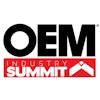
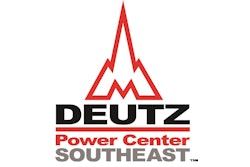

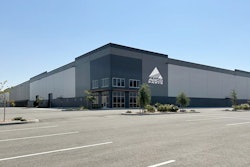

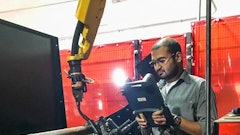
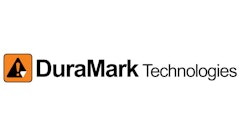
![Hcm Ax Landcros Press Release[32] jpg](https://img.oemoffhighway.com/mindful/acbm/workspaces/default/uploads/2025/11/hcmaxlandcros-press-release32jpg.mAEgsolr89.jpg?ar=16%3A9&auto=format%2Ccompress&fit=crop&h=135&q=70&w=240)
